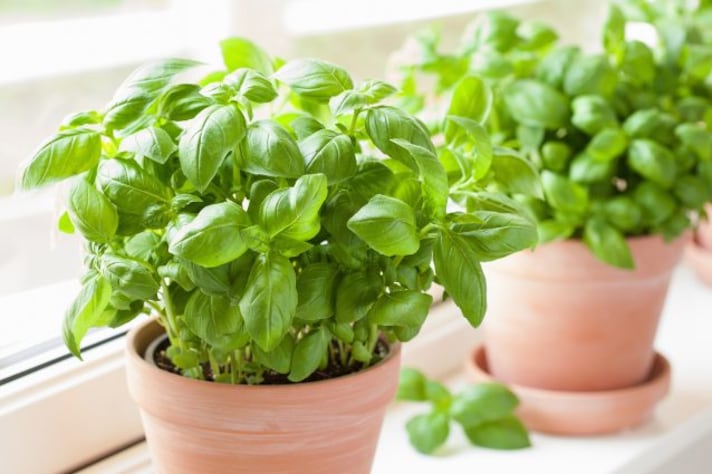Some Tips to Take Care of Your Basil At Home
Basil is an easy-to-grow herb that adds delicious flavor to a variety of dishes. To keep your basil thriving, water it properly by maintaining moist but not soggy soil, and give it 6 to 8 hours of sunlight daily. Whether you’re growing indoors or outdoors, follow these simple tips to enjoy fresh basil all season long.

Basil is a fragrant herb that adds flavor to many dishes, from pastas and salads to pesto and soups. Growing your own basil at home is not only rewarding but also easy if you know how to care for it properly. This guide will walk you through the essentials of watering, growing, and maintaining healthy basil plants, whether you’re planting them indoors or outdoors.
How to Water Basil Properly
Watering is one of the most important aspects of growing basil. Proper hydration keeps the plant vibrant and prevents issues like root rot. Here’s what you need to know about watering basil.
Basil prefers well-draining soil that stays consistently moist. The soil should never be allowed to dry out completely, but overwatering can lead to root rot, which can kill the plant. Water the plant thoroughly whenever the top inch of soil feels dry to the touch. It’s best to water basil in the morning to give the plant plenty of time to absorb moisture throughout the day. This also allows any excess water on the leaves to evaporate, reducing the risk of fungal infections.
For basil grown indoors, you can practice bottom watering by placing the pot in a tray of water and allowing the soil to absorb it from the bottom. This method ensures the roots get enough water while preventing the leaves from becoming too wet.

Growing Basil: Indoors vs. Outdoors
Basil can thrive both indoors and outdoors, but each environment comes with its own set of requirements.
If you’re growing basil indoors, make sure to place it in a sunny location where it can receive at least 6 hours of sunlight each day. South-facing windows are ideal. If you don’t have enough natural light, consider using grow lights to ensure your basil gets the brightness it needs.
When growing basil outdoors, choose a location with well-draining soil and plenty of sunlight, as basil needs 6 to 8 hours of direct sunlight daily. Plant basil after the last frost when the temperatures have warmed up, as this herb thrives in warm weather.
Tips for Maintaining Healthy Basil
To keep your basil plants thriving and producing flavorful leaves throughout the season, here are a few maintenance tips.

Pruning is essential to encourage bushier growth and prevent the plant from becoming too leggy. Once the plant has 6 to 8 leaves, pinch off the top two sets of leaves to encourage more branching. Basil doesn’t require heavy feeding, but you can boost its growth with a light fertilizer every 4 to 6 weeks. Use an organic, balanced fertilizer to avoid overfeeding, which can reduce the flavor of the leaves.
Basil is generally a hardy plant, but it can attract pests like aphids and spider mites. To keep your plant healthy, check the undersides of the leaves regularly for signs of pests and remove any affected leaves. You can also use a natural insecticidal soap to control pest problems.
;Resize,width=767;)
;Resize,width=712;)


